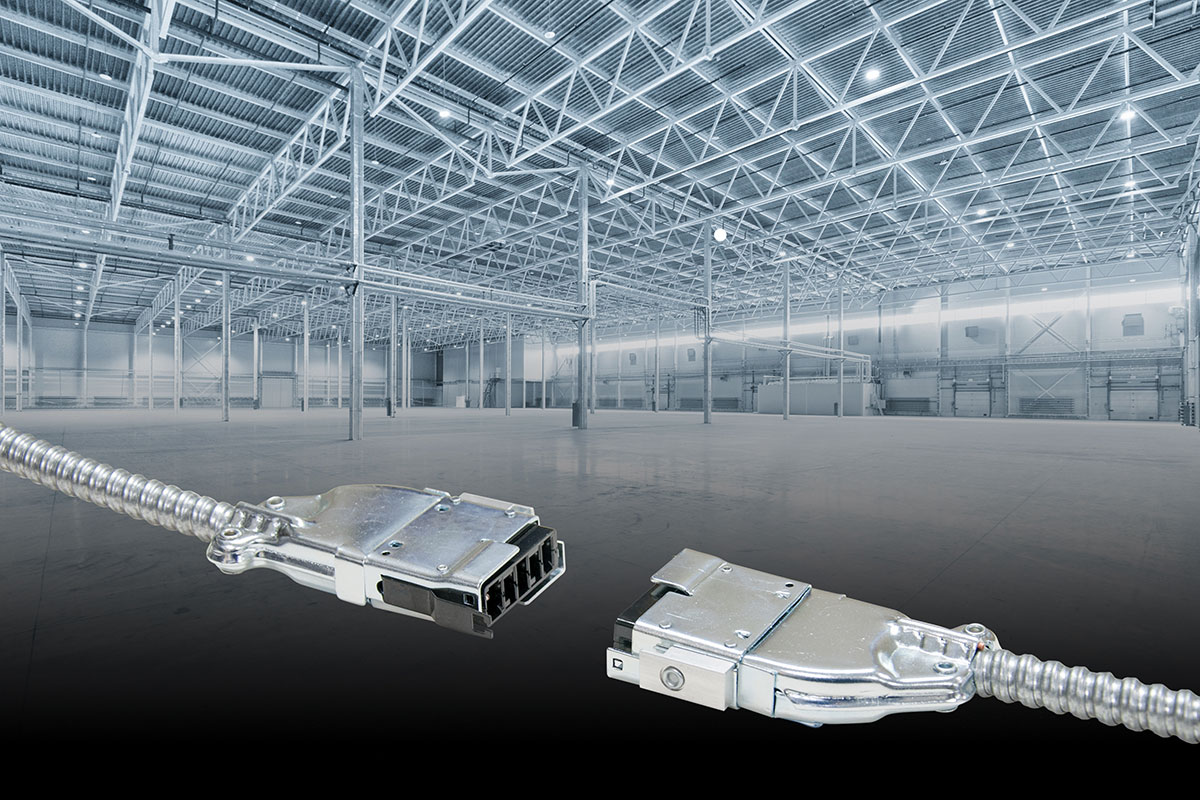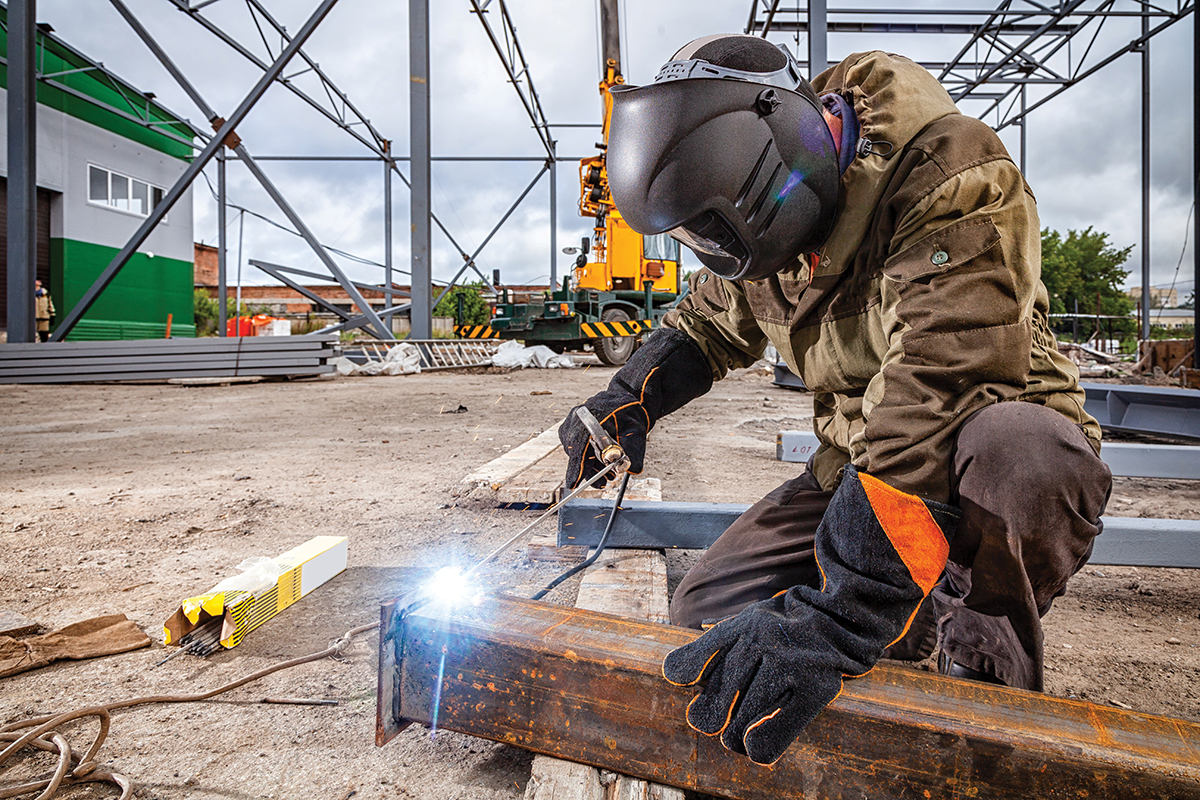Five to ten times per day, an electrical arc-flash accident occurs that seriously injures or kills someone in the United States. Standards such as NFPA 70E and electrically safe work practices are now in place to reduce these accident statistics, and OSHA enforces these published safety standards. Electrical accidents are devastating to the affected workers and their families, and they can have very damaging financial consequences to the worker’s employer and its liability insurers.
What causes arc flash?
What are the results of an arc-flash incident?
Severe burns and other injuries happen when a person is in close proximity to the arc. Sometimes they are fatal. Arc flash accidents that injure or kill someone happen five to 10 times each day in the U.S. Once a day someone dies from an arc-flash accident. Equipment is also destroyed in the arc, and sometimes other fire damage can occur in the facility.
Are there safety rules one should follow to reduce/prevent arc flash risks?
Yes. NFPA 70E Standard for Electrical Safety in the Workplace is the document most often used for electrical safety practices. The most fundamental rule of this standard is to de-energize the equipment before anyone works on or near it. However, this de-energizing is sometimes not feasible, and electrical work is often done while equipment is energized. Worker training is also very important, as the training will instruct the worker how to avoid these hazards.
Which industry standards govern arc flash prevention?
NFPA 70E is the basic standard governing arc flash prevention and protection from these accidents. IEEE 1584 also plays a part as it describes the techniques of arc flash hazard calculations. All of these consensus standards will be cited by OSHA as definitive resources for safety, and OSHA has the authority to enforce these legally in the United States.
How long have arc flash studies been done?
The calculation methods (formulas) for arc flash hazard calculations have only been available since 2000. The consensus standard IEEE 1584 which defines the calculation methods has only been available since 2000. So arc flash studies have only been performed using these calculation methods since 2000. Other methods of calculation are not widely used as they were not proven for accuracy by extensive testing, whereas IEEE 1584 is defined by extensive testing, and results from that testing.
How is an arc flash hazard analysis performed?
These analyses are usually performed by licensed electrical engineers who are familiar with electrical power equipment and systems, and also familiar with the techniques of performing these engineering studies. Most engineers performing these studies follow the process that is outlined in IEEE 1584 and also use the calculation methods (formulas) from that same document. These engineering studies are fairly complex, and often require many hours of engineering time to complete.
Are there any other issues about arc- flash that electrical inspectors need to know?
Since an arc-flash accident can only occur when the electrical equipment is energized, electrical inspectors need to be especially cautious when inspecting facilities after the power to the equipment has been turned on. If inspectors need to open any energized equipment to examine the installation, it becomes especially hazardous. While it may not be a popular decision, especially if the facility is in operation, inspectors have every right to request that equipment be de-energized by a qualified person wearing the proper personal protective equipment before the inspector proceeds with the inspection if the inspection process requires opening of any equipment cabinets.
The best safety practice is for the inspection to be scheduled before the equipment is energized, which avoids the necessity of requesting that the equipment be de-energized prior to the inspection process.
Resources
Understanding the complexities of complying with the rapidly evolving NFPA 70E standard can be a daunting task for anyone to undertake, including facility owners and safety managers. A 75-minute video seminar, titled “Solving the Puzzle of Electrical Safety Compliance,” is available online for viewing or download at the Square D Services Web site, www.squared-services.com. This video covers the basics of National Fire Protection Association NFPA 70E 2004 Standard for Electrical Safety in the Workplace compliance, along with the roles of OSHA, IEEE and the National Electrical Code in the compliance process. This resource does not in any way replace the specific hazard training for qualified persons that is required in NFPA 70E 2004 Article 130, but it will provide the basics, which can be used as a springboard for greater understanding of this topic.










Find Us on Socials